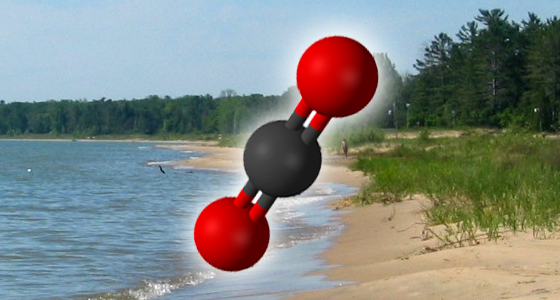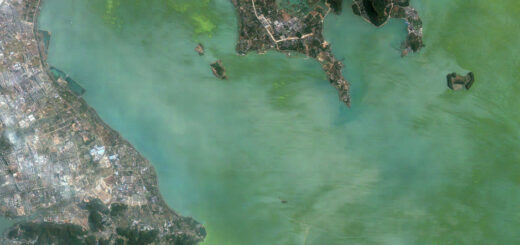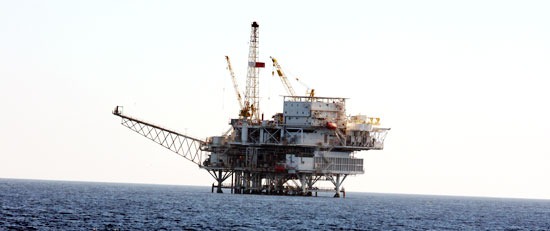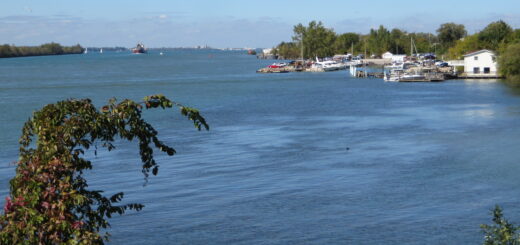Minnesota ‘super sentinels’ provide early detection of climate change’s impact
0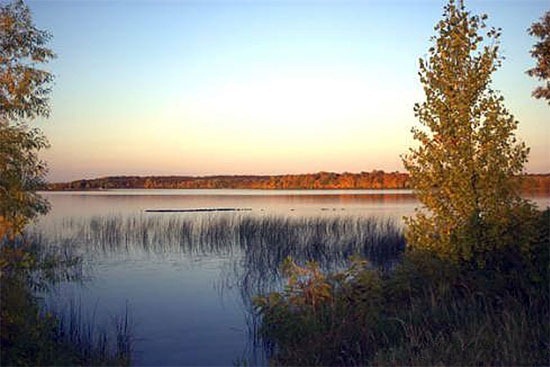
Lake Carlos
A select handful of lakes in Minnesota, deemed “super sentinels,” are expected to serve as early indicators of poor conditions caused by climate change and pollution.
There are 24 sentinel lakes within Minnesota’s borders, but they are not monitored in as great of detail as the three super sentinels, Lake Carlos, Elk Lake, and Trout Lake. They were chosen because they are deeper and colder than the other lakes.
An increase in temperature could cause some of these lakes’ coldwater fish species to disappear, Sentinel Lakes Coordinator Ray Valley told Minnesota Public Radio. This is especially true in Lake Carlos, which is 160 feet deep and maintains fairly cold deep water during most of the summer.
A data buoy near the center of Lake Carlos utilizes a temperature string with a dozen probes that span from the surface to 160 feet deep and take readings every 15 minutes to provide a complete temperature profile. Data is stored internally and downloaded when researchers visit the buoy.
Researchers also collect water samples for lab analysis and use YSI multi-parameter water quality sondes to acquire data on temperature, oxygen, water chemistry, nutrients, and algae production.
Minnesota Department of Natural Resources officials are incorporating this data into a computer model that will help them make preemptive adjustments to lake management. It can help assess the impact warmer water could have on the food web or if diminished dissolved oxygen levels could kill off certain aquatic life.
“We need that information to know what lakes are going to not make it — regardless of what we do on the landscape — because they’re just going to be too warm,” Valley said.
The data will help officials focus attention on maintaining lakes that will be most resistant to negative inputs. It will also serve as a long-term data set for the lakes so researchers can eventually assess data from the same sites as it changes over decades.
U.S. Geological Survey Hydrologist Richard Kiesling, who recently collected data from Lake Carlos, said there is already evidence that climate change affects lake ice coverage.
“We’ll have ice setting up later in the fall and ice going out earlier in the spring,” he said. “How is that going to change our expectation of the way the lake behaves? It probably will be something different than we’re used to. The models will help us answer the question of just how noticeable that change will be and just how extreme that change will be.”
Sentinel lakes monitored for effects of climate change [Minnesota Public Radio] Image Credit: http://www.dnr.state.mn.us/state_parks/lake_carlos/index.html




